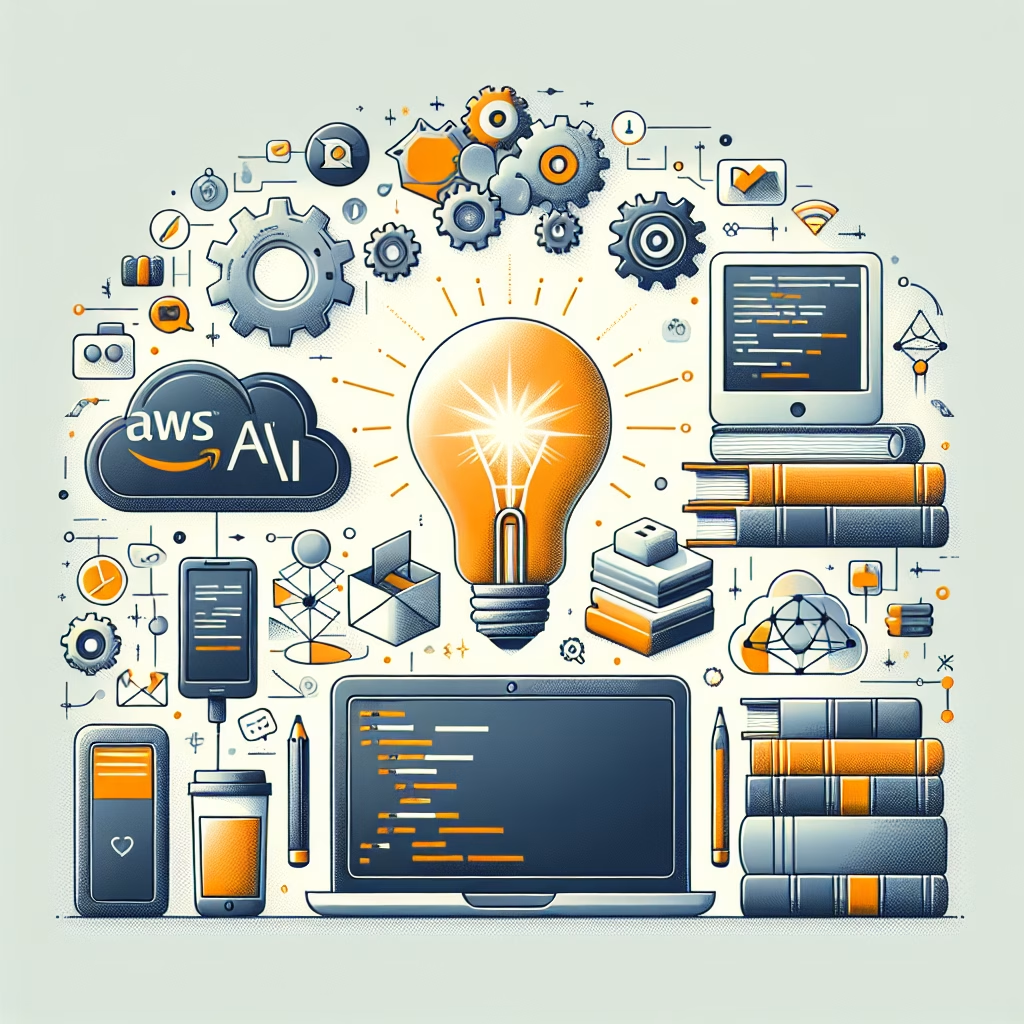Building intelligent applications with AWS AI
Summary:
Building intelligent applications with AWS AI leverages the power of cloud-based artificial intelligence services to create sophisticated, scalable, and cost-effective solutions. AWS AI provides pre-trained models, custom machine learning tools, and robust infrastructure to enhance business processes, automate tasks, and improve decision-making. This article explores the best practices, strengths, and limitations of using AWS AI for intelligent applications. Whether you’re a beginner or an experienced developer, understanding AWS AI can accelerate development and reduce operational complexity.
What This Means for You:
- Reduced development time with pre-trained models: AWS AI offers pre-trained models for vision, language, and forecasting, allowing novices to integrate AI without deep technical expertise. This can significantly cut down on R&D costs and time-to-market.
- Scalable AI deployment: AWS AI services such as SageMaker allow for easy scaling of machine learning workloads. If you’re building an application that may experience fluctuating demand, AWS provides the infrastructure to automatically adjust resources.
- Cost-efficient AI experimentation: You can experiment with AWS AI services on a pay-as-you-go basis, reducing upfront investment. Start small with Amazon Lex for chatbots or Amazon Rekognition for image analysis, then scale as needed.
- Future outlook or warning: While AWS AI simplifies AI adoption, reliance on proprietary models may lead to vendor lock-in. Additionally, ethical considerations in AI deployment, such as bias in training data, remain a concern.
Building intelligent applications with AWS AI
The process of building intelligent applications with AWS AI involves leveraging Amazon’s suite of AI and machine learning tools to develop, deploy, and scale innovative solutions. AWS provides a comprehensive ecosystem that covers everything from natural language processing (NLP) to computer vision, making it accessible for developers and businesses alike.
Key AWS AI Services for Intelligent Applications
Amazon SageMaker: A fully managed service that allows developers to build, train, and deploy machine learning models at scale. SageMaker provides Jupyter notebooks, one-click training, and seamless deployment options, making it ideal for both beginners and experts.
Amazon Lex: This service enhances applications with conversational interfaces using the same technology as Alexa. It supports voice and text interactions, perfect for chatbots and virtual assistants.
Amazon Rekognition: A deep learning-powered image and video analysis tool that can identify objects, faces, and even emotions. This is useful for security, media analysis, and customer experience applications.
Amazon Comprehend: A natural language processing service that extracts insights from text, including sentiment analysis, entity recognition, and language detection.
Strengths of AWS AI
End-to-End AI Solutions: AWS AI services cover the entire pipeline, from data preparation to deployment, reducing the need for third-party tools.
Scalability: AWS cloud infrastructure ensures that AI applications can scale effortlessly as user demands increase.
Integration with AWS Ecosystem: Seamless compatibility with other AWS services like Lambda, S3, and DynamoDB enhances functionality.
Limitations and Challenges
Cost at Scale: While AWS AI services are cost-effective initially, large-scale usage can become expensive without proper monitoring and optimization.
Learning Curve: Some services, such as SageMaker, require familiarity with machine learning concepts, which might be challenging for complete beginners.
Data Privacy Concerns: Storing sensitive data on AWS requires compliance with security policies, which might be restrictive for healthcare or financial applications.
Best Practices for Implementation
Start with Pre-trained Models: Use Amazon’s pre-trained AI services like Polly or Transcribe before investing in custom models.
Optimize Costs with AWS Free Tier: Take advantage of AWS’s free tier offerings to test services before committing financially.
Monitor Performance Continuously: AWS CloudWatch and SageMaker Model Monitor help track application performance and reduce unexpected costs.
People Also Ask About:
- How does AWS AI compare to Google AI and Microsoft Azure AI? AWS AI provides a broader range of integrated cloud services, while Google AI excels in open-source models like TensorFlow, and Azure AI offers strong enterprise integration with Microsoft products.
- Can I use AWS AI for free? AWS offers a free tier with limited access to many AI services, including SageMaker, Lex, and Rekognition, but extensive usage requires a paid plan.
- Is AWS AI suitable for small businesses? Yes, small businesses can benefit from AWS AI’s pay-as-you-go model, allowing cost-effective experimentation before full-scale adoption.
- How secure is AWS AI? AWS AI follows strict security protocols, including encryption and compliance certifications, but users must configure permissions responsibly.
Expert Opinion:
Experts highlight that AWS AI democratizes access to machine learning but caution against over-reliance on black-box models. Transparency in AI decision-making remains a challenge. Additionally, AWS’s continuous rollout of new AI services suggests a rapidly evolving landscape where staying updated is essential. Organizations must also prioritize data governance to mitigate ethical risks.
Extra Information:
- AWS Machine Learning Services – Official AWS guide to AI/ML services, including use cases and pricing details.
- Amazon SageMaker Documentation – In-depth tutorials on building, training, and deploying models with SageMaker.
Related Key Terms:
- AWS AI machine learning for beginners
- Building AI applications with Amazon SageMaker
- Best practices for AWS artificial intelligence
- Cost-effective AI solutions on AWS
- How to deploy AI models with AWS Lambda
Check out our AI Model Comparison Tool here: AI Model Comparison Tool
*Featured image generated by Dall-E 3





